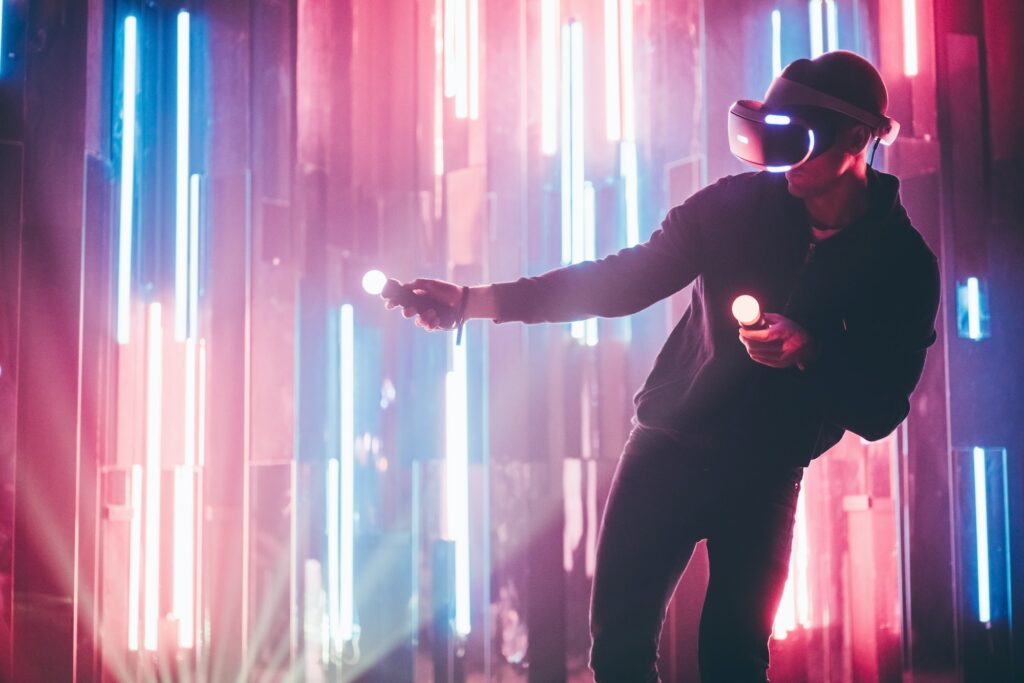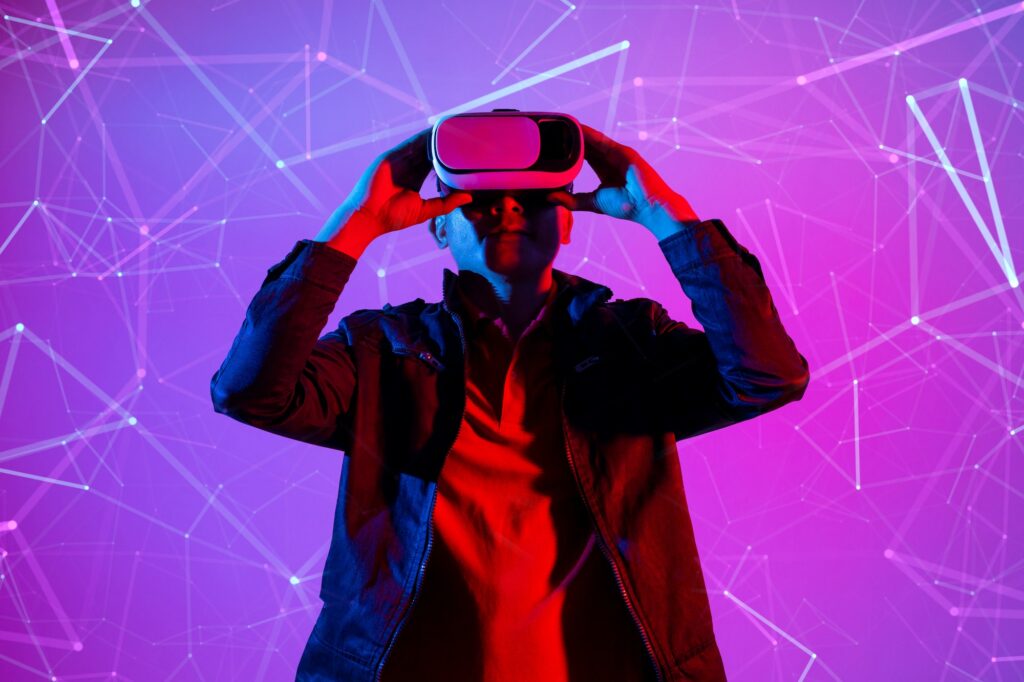Live events have been severely impacted by the COVID-19 pandemic, but technology is providing alternative solutions for artists and event organizers to connect with their fans and generate revenue. One of the most promising solutions is the use of virtual reality (VR), augmented reality (AR), and mixed reality (MR) technologies to create innovative and engaging live events that can be accessed from anywhere in the world. With the rise of such technologies, it is now possible to enjoy immersive and interactive live events that were previously only available in physical venues. For example, virtual casinos are becoming increasingly popular as they offer the same excitement and thrill of traditional casinos but are now available in $10 deposit online casino sites.
What are VR, AR, and MR?
VR, AR, and MR are technologies that create immersive and interactive environments for users. VR involves wearing a headset that blocks out the real world and transports the user into a fully digital world. AR involves overlaying digital images or information on top of the real world, using devices such as smartphones or glasses. MR involves blending the real and digital worlds, allowing users to interact with both physical and virtual objects.
How are VR, AR, and MR used for live events?
VR, AR, and MR have been used for various types of live events, such as concerts, festivals, sports, theater, and conferences. Some of the benefits of using these technologies for live events are:
- They can reach a wider and global audience, as users can access the events from anywhere with an internet connection.
- They can enhance the user experience, as users can choose different perspectives, interact with the content, and customize their settings.
- They can reduce costs and environmental impacts, as they eliminate the need for physical venues, travel, and equipment.
- They can create new revenue streams, as they can offer premium features, merchandise, or advertising.

Some of the challenges of using these technologies for live events are:
- They require high-quality hardware and software, as well as reliable internet connection and bandwidth.
- They may not fully replicate the social and emotional aspects of live events, such as the sense of presence, connection, and atmosphere.
- They may face legal and ethical issues, such as intellectual property rights, data privacy, and content moderation.
What are some examples of VR, AR, and MR live events?
There have been many examples of VR, AR, and MR live events in recent years. Some of them are:
- Travis Scott’s Astronomical: This was a virtual concert that took place in Fortnite, a popular online video game. The concert featured rapper Travis Scott performing his songs in a spectacular 3D environment that changed dynamically. The concert attracted over 27 million viewers across five shows.
- Tomorrowland Around the World: This was a virtual festival that took place in July 2020. The festival featured over 60 artists performing on eight stages in a 3D island that was designed specifically for the event. The festival also offered interactive features such as games, workshops, and chat rooms. The festival attracted over one million viewers from 151 countries.
- NBA on TNT VR: This is a VR app that allows users to watch NBA games in VR. The app offers multiple camera angles, real-time stats, replays, and commentary. The app also allows users to interact with other fans in a virtual lounge. The app is available for Oculus Go and Samsung Gear VR devices.
- Hamilton: An American Musical: This is a Broadway musical that tells the story of American founding father Alexander Hamilton. The musical was filmed with multiple cameras in 2016 and released on Disney+ in 2020. The film offers viewers a close-up view of the actors’ performances and expressions, as well as the stage design and choreography.
- Microsoft Ignite: This is an annual conference that showcases Microsoft’s products and services. The conference was held online in September 2020 using Microsoft’s MR platform HoloLens. The conference featured keynote speakers, breakout sessions, demos, and networking opportunities. The conference also used AI to create personalized avatars for attendees.
What is the future of VR, AR, and MR live events?
VR, AR, and MR live events are expected to grow in popularity and diversity in the future. Some of the trends that may shape the future of these live events are:

- The development of more advanced and affordable hardware and software that can provide higher quality graphics, sound, interactivity, and realism.
- The integration of more social features that can foster community building, collaboration, and communication among users.
- The emergence of new genres and formats that can explore different themes, stories, and experiences.
- The adoption of more ethical standards and regulations that can protect the rights and interests of users, creators, and sponsors.
VR, AR, and MR live events are transforming the entertainment industry, offering new possibilities and opportunities for artists and audiences. These technologies can create immersive and interactive live events that can be accessed from anywhere in the world, enhancing the user experience and creating new revenue streams. However, these technologies also pose some challenges and risks, such as technical limitations, social and emotional impacts, and legal and ethical issues. Therefore, it is important to balance the benefits and drawbacks of these technologies, and to use them responsibly and creatively.
